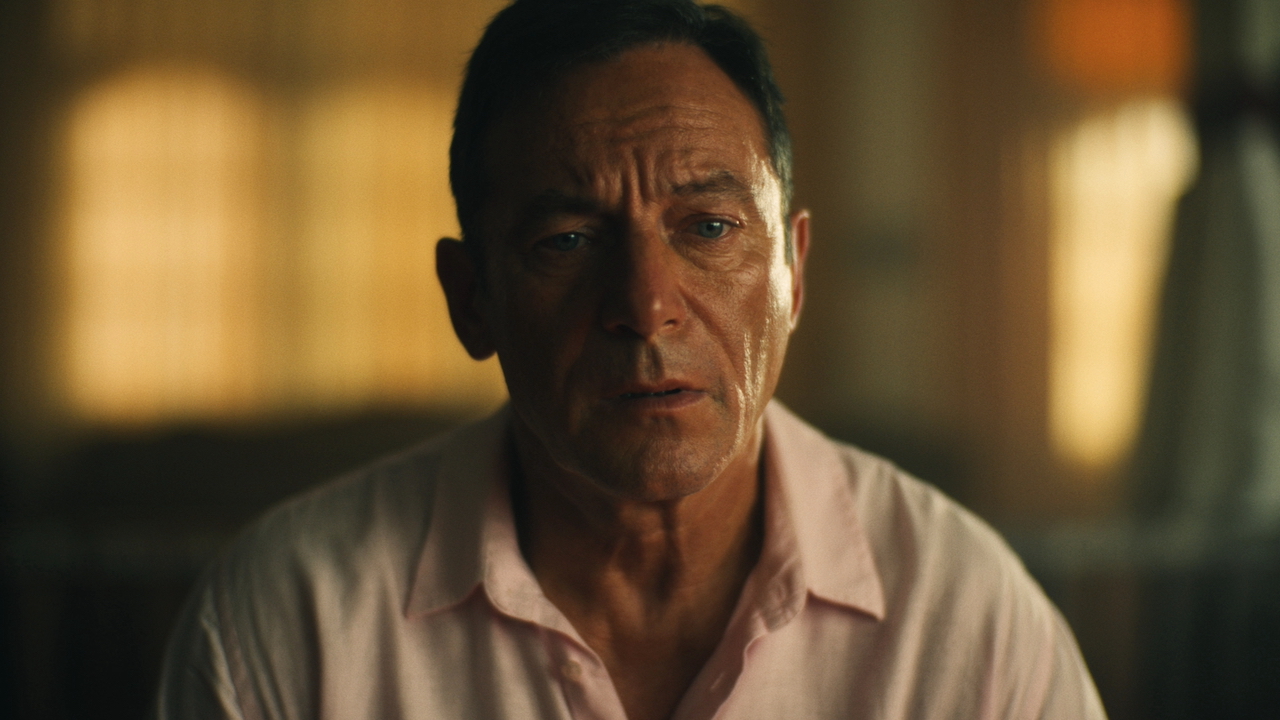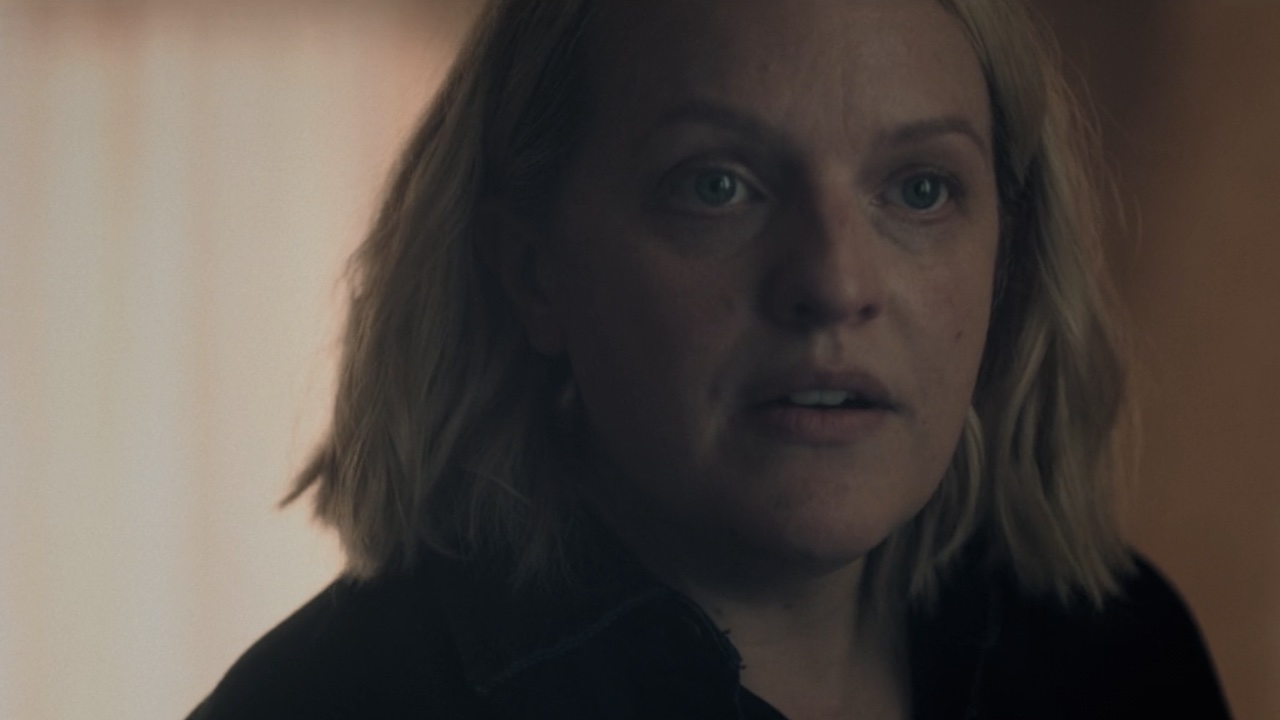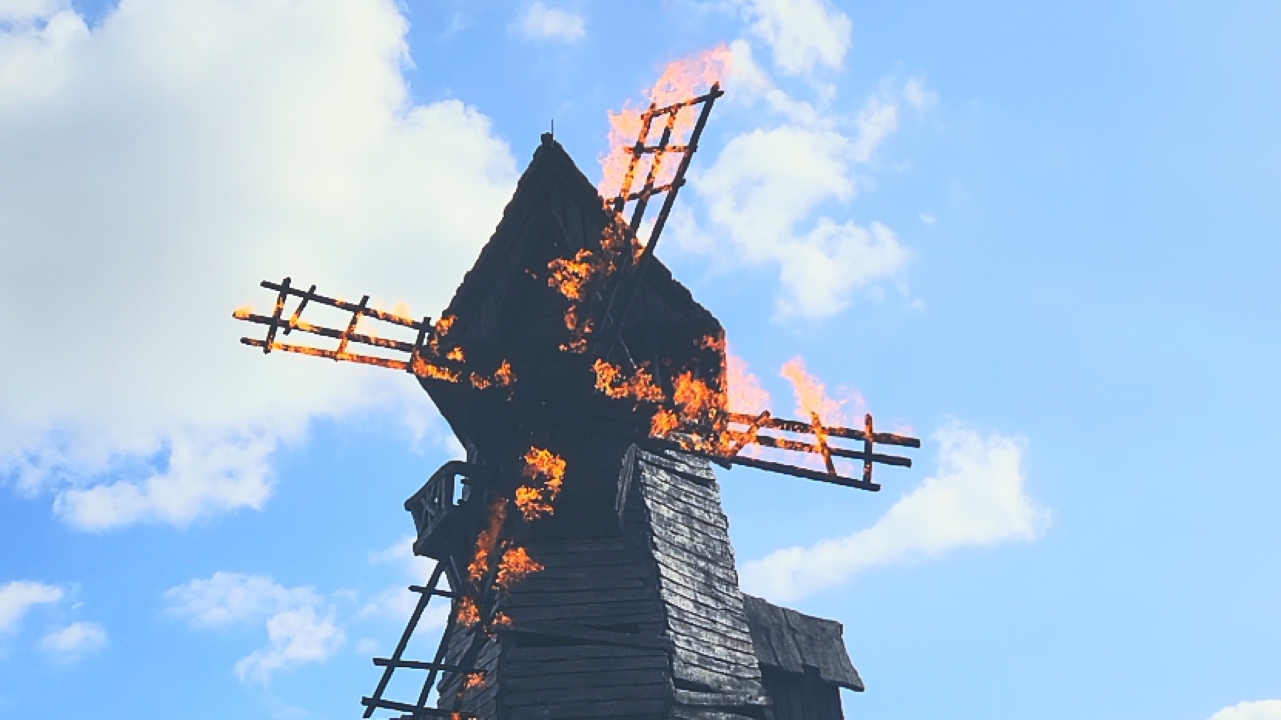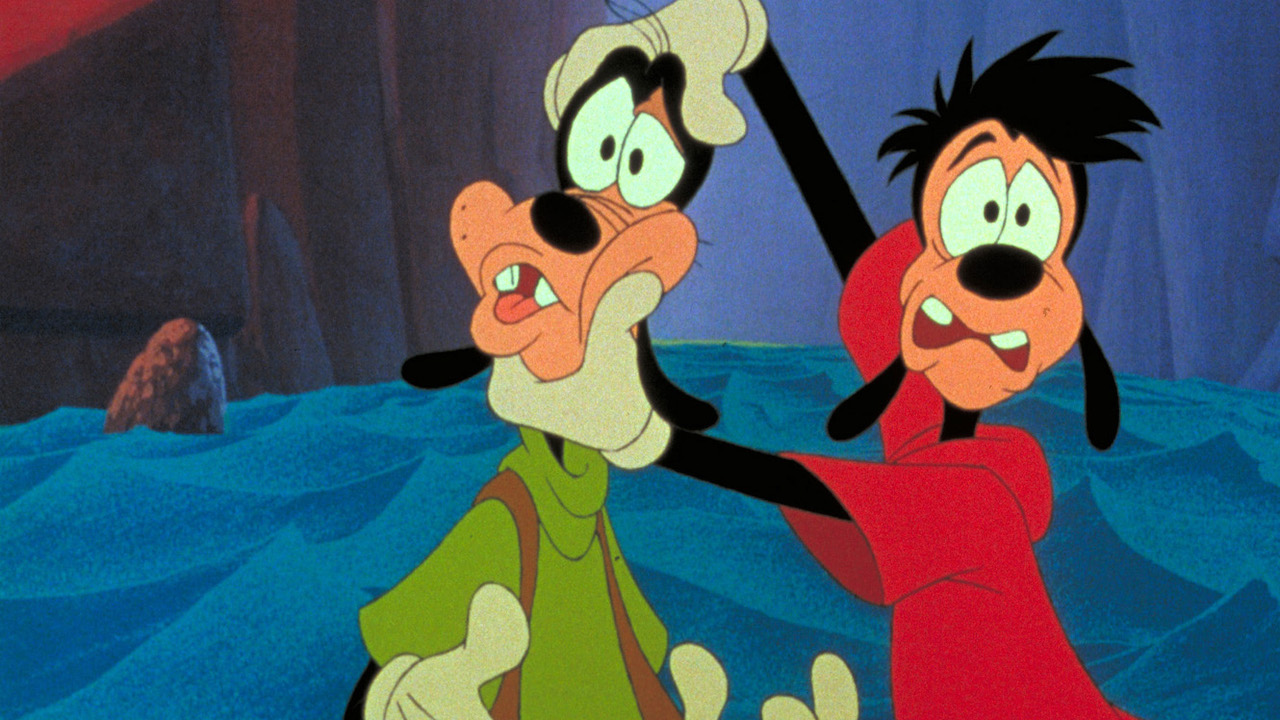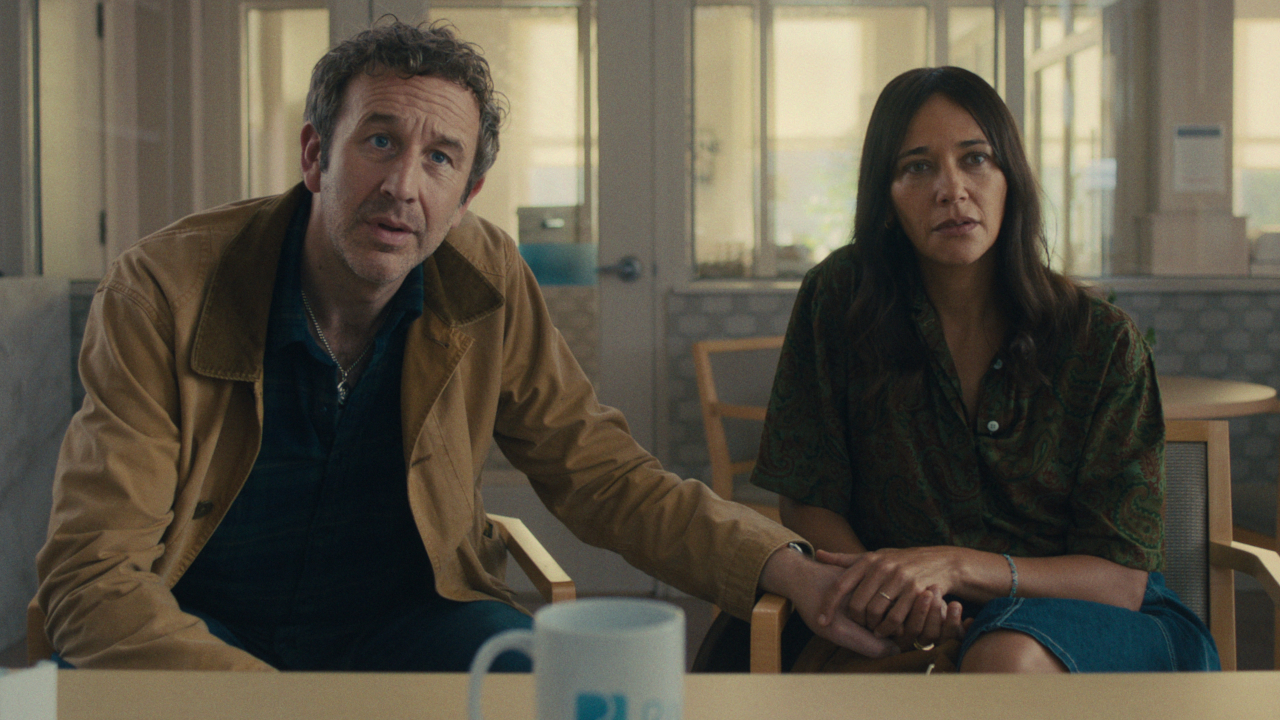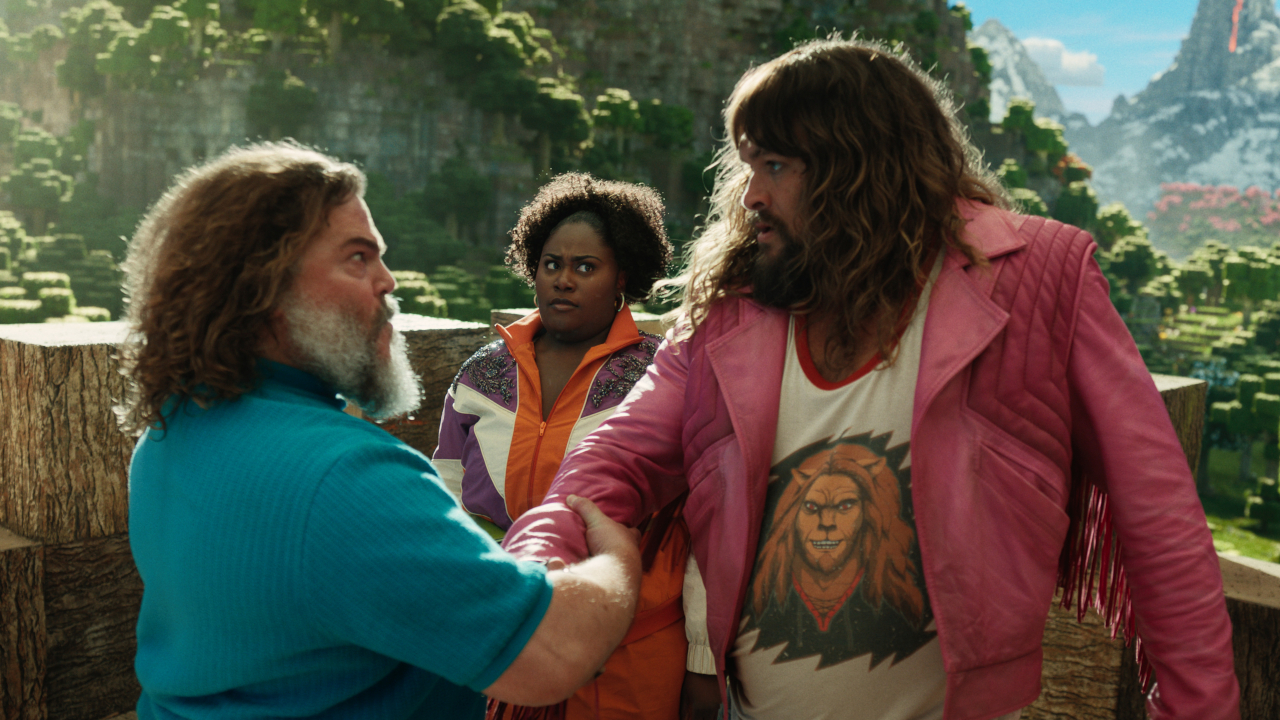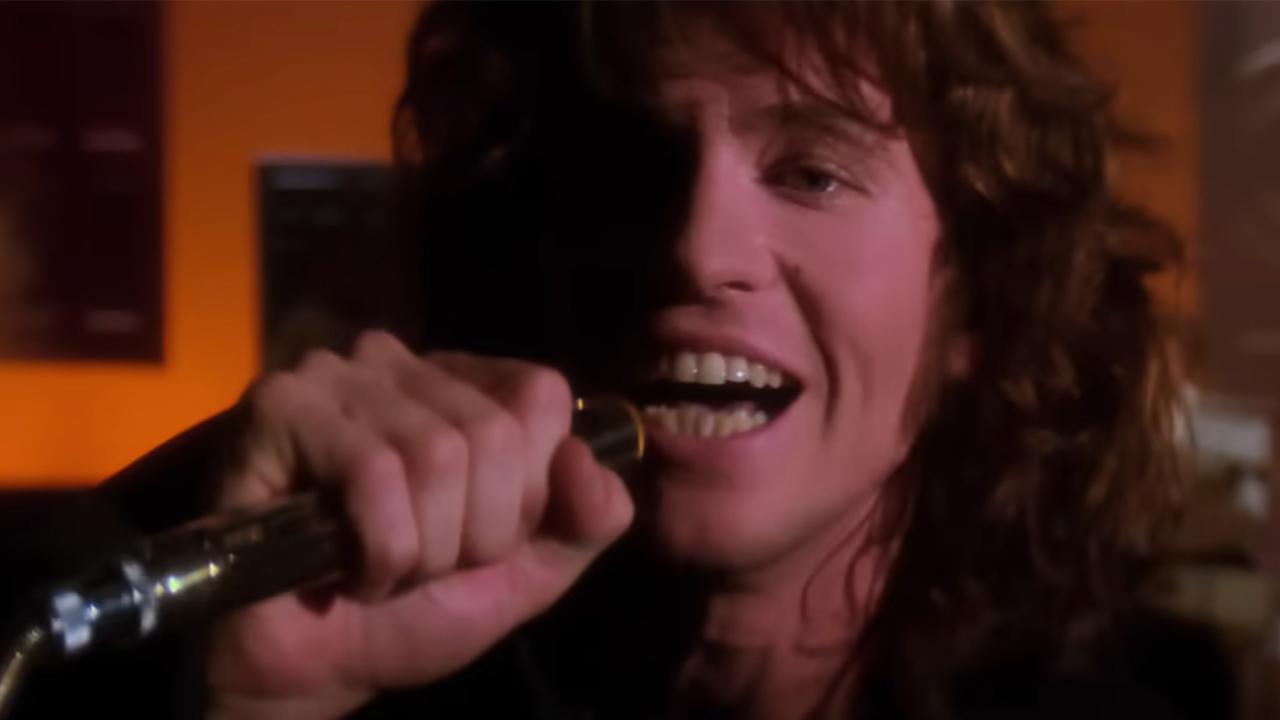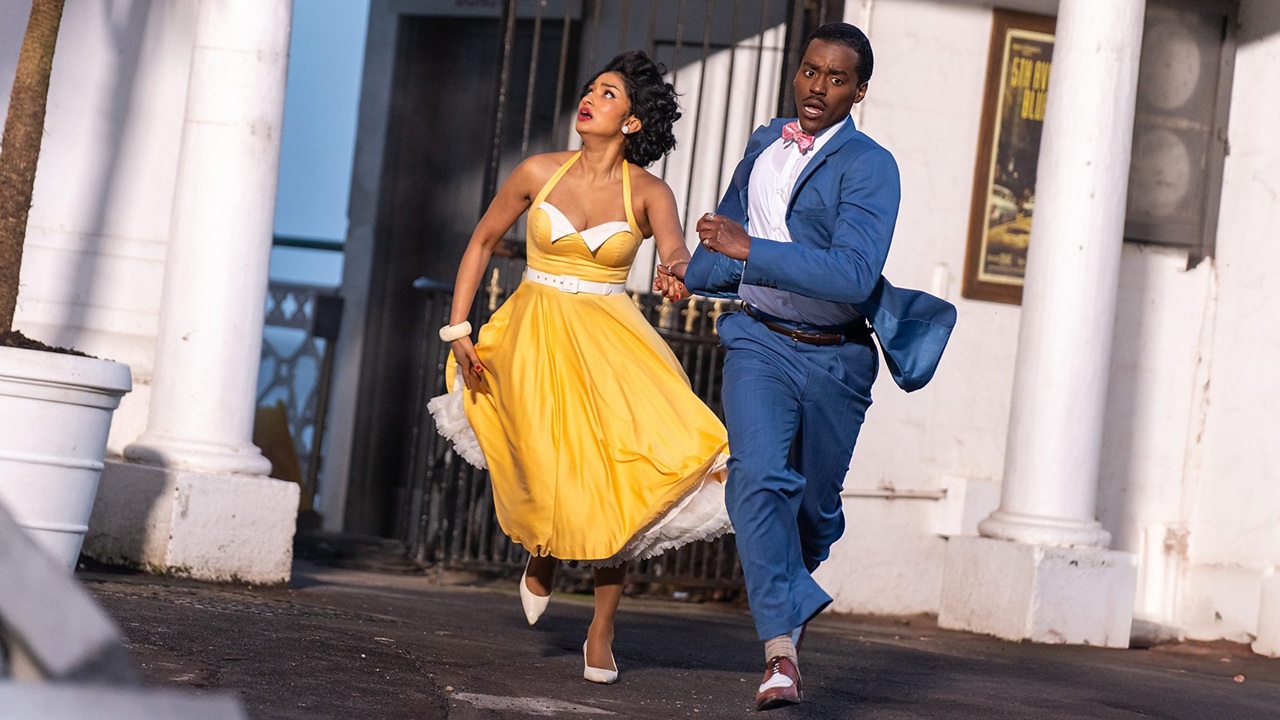Adapting Stephen King's Under The Dome: The 2013 CBS Series Misses The Point Of The Novel
Stephen King's first network series adaptation didn't go well.
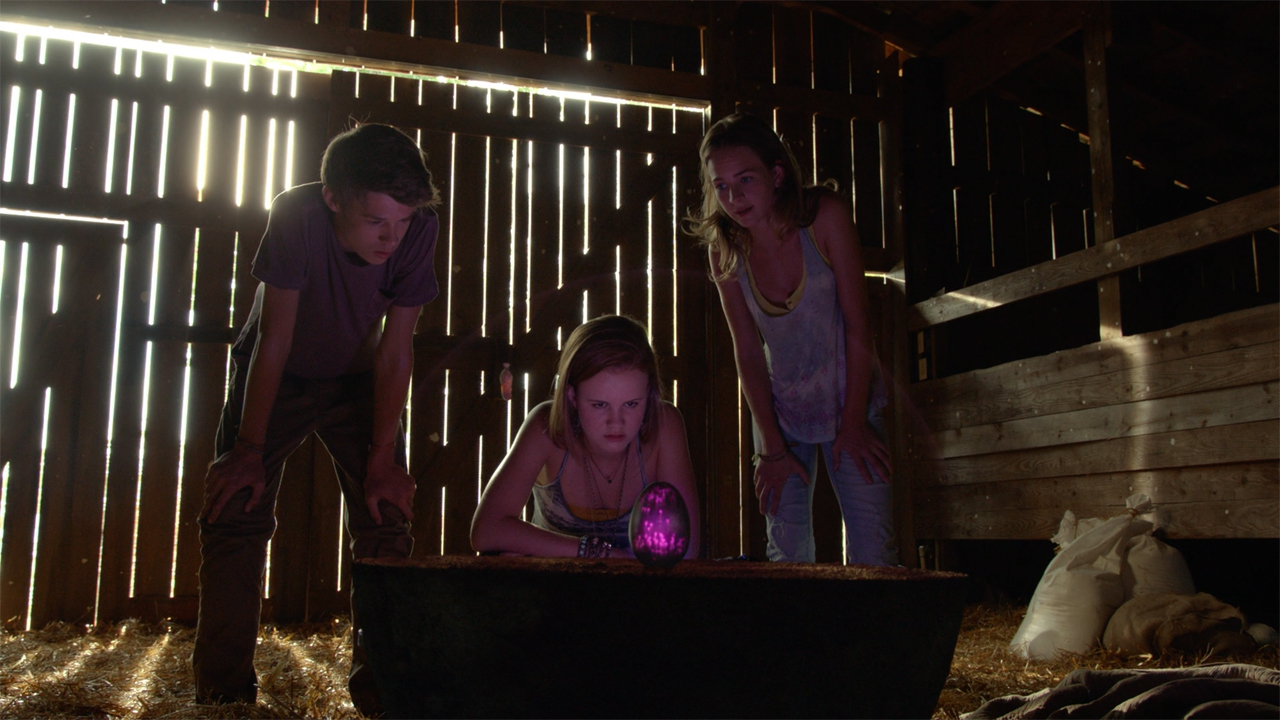
By 2013, Hollywood had managed to produce two different television shows based on novels by Stephen King. The first was 2002’s The Dead Zone on USA Network, which was ahead of its time in development, but ultimately exhausted its premise in episodic storytelling before being cancelled and unable to satisfy any of its macro-scale plots (those either from King’s text or those of the series’ own invention). SyFy followed by airing Haven in 2010, and long before the end of its third of five seasons it had totally dismissed its “source material,” the 2005 book The Colorado Kid. Needless to say, the art had not been perfected.
There was already an established lesson to be learned about on-going projects opting to stray from Stephen King’s creation and intent, but this was not registered in the creation of Under The Dome: the CBS series executive produced by King and Steven Spielberg, and originally developed by Brian K. Vaughn.
While some exceptional talent brought the show to life, this is not a success story.
As Vaughn told Entertainment Weekly in 2013, Stephen King gave the permission to treat his 2009 novel more as a place to start and not treat his writing as the exclusive way to tell the story. Said the Season 1 showrunner,
He told us, ‘Really use the book as a jumping off point. Use the characters, use the themes, but don’t be afraid to go to new places.'
Brian K. Vaughn, who had network television experience via ABC’s hit series Lost, and the writers proved to have no issue deviating from the book, and while the first run of 13 episodes could be called tolerable, its quality took a sharp decline in both Season 2 and Season 3 with flat, indistinguishable characters and goofy science-fiction sensibilities.
So where did things go wrong? Allow me to explain as we take a peek Under The Dome for this week’s Adapting Stephen King.
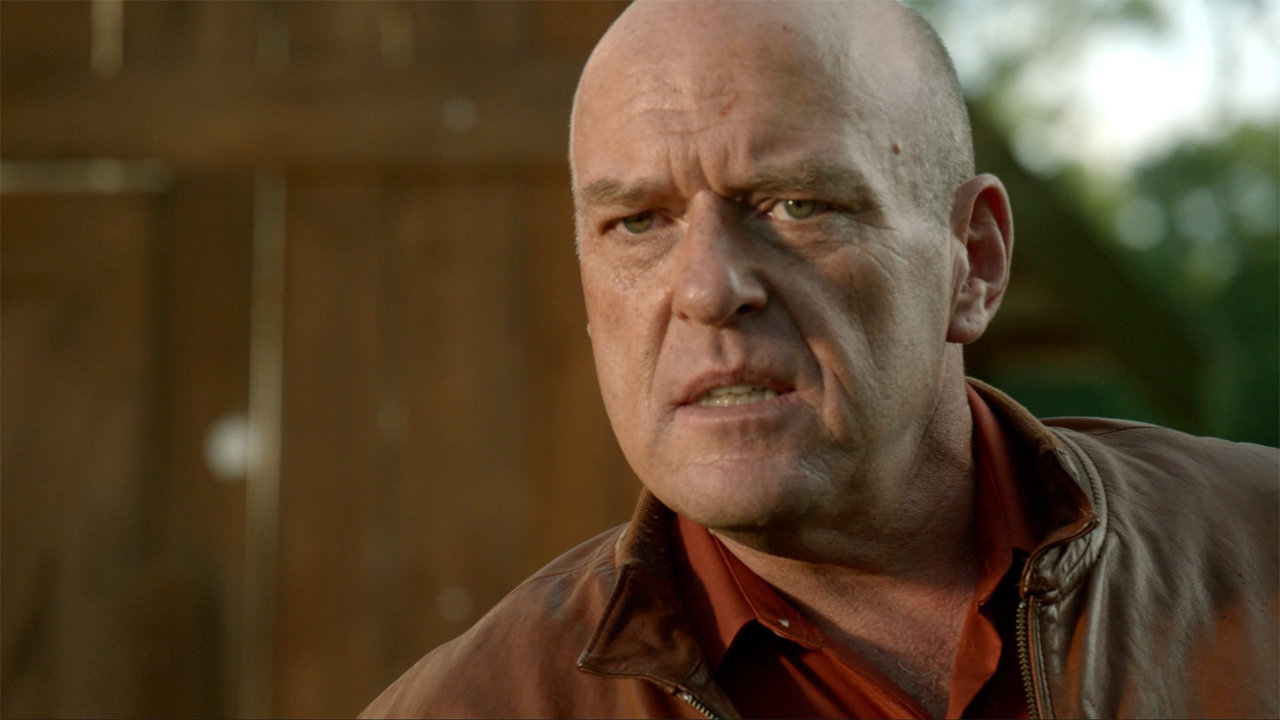
What Under The Dome Is About
Stephen King has a well-earned reputation for being prolific, having at least one book published every year – and only making that reputation more impressive is knowing that there are also a number of stories he writes that either never get finished or never see the light of day. There’s actually a dedicated Wikipedia page about these projects.
CINEMABLEND NEWSLETTER
Your Daily Blend of Entertainment News
This was very nearly the fate of Under The Dome. As I noted above, the novel was published in 2009, but it was all the way back in 1976 – the year between the release of Salem’s Lot and The Shining – that Stephen King wrote the epic’s first 75 pages. He spent two weeks writing about the day a mysterious dome fell over the town of Chester’s Mill, Maine, cutting the residents off from the rest of the world, but then, in his own words, he “crept away from it with [his] tail between [his] legs.”
King explains in the Author’s Note at the end of Under The Dome that he became overwhelmed by the story and began to feel that he bit off more than he could chew with the idea. First there was the fact that he was going to be juggling a vast ensemble of characters, and secondly he was intimidated by the amount of research that the narrative would require to be realistic. He was prepared to put the people of Chester’s Mill through an ecological nightmare through the plot, but he didn’t have the understanding of the science to properly execute it in his writing.
That 75-page manuscript was eventually lost, but the idea for Under The Dome never left Stephen King’s mind, and a few years later he took another crack at it – this time approaching the story with the title The Cannibals. The author has a section about it on his official website, and he dates the work to when he was in Pittsburgh, Pennsylvania in the early 1980s working with George A. Romero on 1982’s Creepshow. The plot was rejiggered so that the setting would be a “depressing suburban apartment complex” like the one where he was staying, and he wrote almost five hundred pages… but again he hit a wall.
What eventually let Stephen King finish Under The Dome was a key collaboration. In the summer of 2007, the writer asked his friend Russ Dorr, a physician’s assistant whom he had previously consulted on The Stand and other books, to take on the role of head researcher for the project. King credits a number of the book’s most inventive survival moments to Dorr, including the homemade radiation suits made with lead sheeting and the idea to use car tires like oxygen tanks when the atmosphere turns poisonous. It took decades of work, but Under The Dome hit stores on November 10, 2009.
The book shares a lot in common with Stephen King’s “The Mist,” in that it features a supernatural occurrence as an inciting incident (the dome falling over Chester’s Mill), but a great deal of the horror is rooted in the worst aspects of human nature. It’s a marathon read with sections and chapters told from more than a dozen different perspectives from around the small Maine town, chronicling the chaos that erupts not just from the panic following the disaster, but criminality in the local government that existed prior.
Leading Team Rational is Dale “Barbie” Barbara, a former soldier-turned-fry cook whom President Barack Obama himself promotes to Colonel during the crisis; and Julia Shumway, the middle-aged right wing Editor In Chief of the local newspaper. Unfortunately, they have to compete for leadership and the hearts and minds of the citizenship with “Big” Jim Rennie, the town’s second selectman and a religious zealot/fascist who sees nothing but opportunity when the dome comes down.
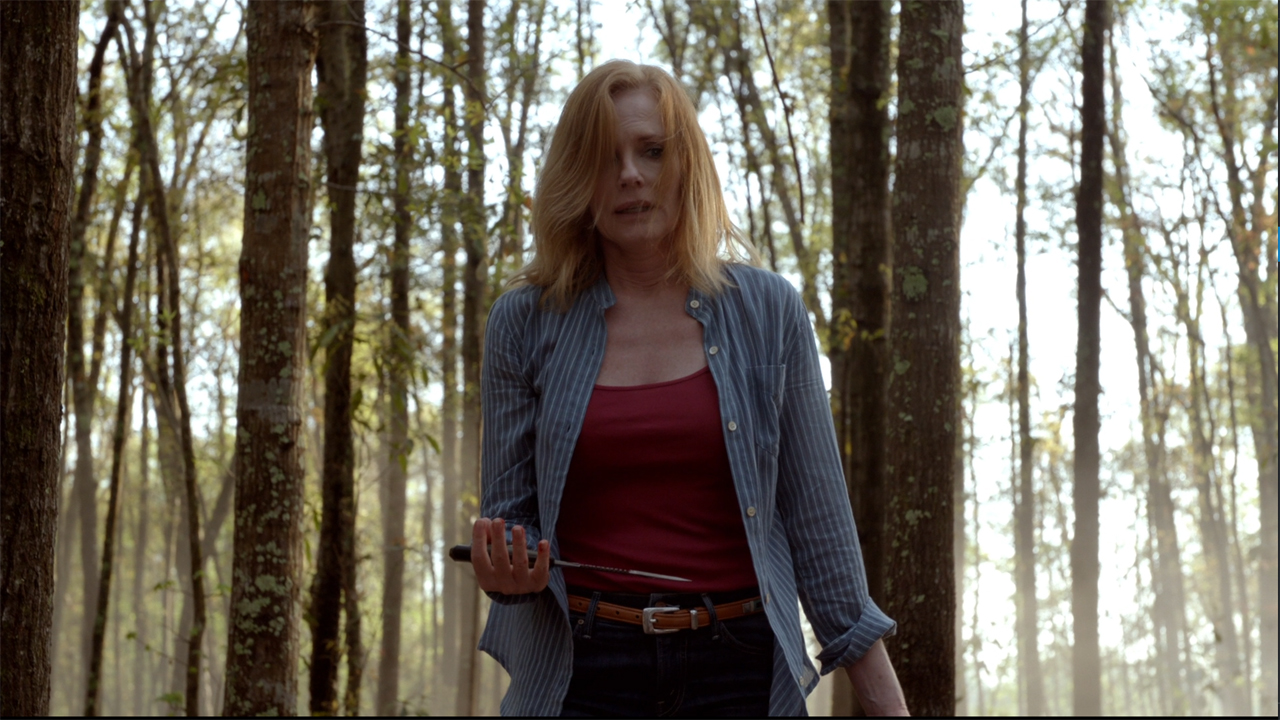
How Under The Dome Differs From Stephen King’s Book
Under The Dome has the distinction of being the first fully serialized on-going series based on a Stephen King book, so there really did exist the opportunity to adapt the massive tome that is the source material faithfully – but there is a key change in approach between the two works that defines why the book and the show are radically different. While King wrote the novel because of a fascination with how normal, post-9/11 Americans would react in a fantastical circumstance, the TV writers and network evidently felt that material wouldn’t bring viewers back week-to-week, and thusly opted to slather everything in sci-fi nonsense.
There is most definitely a sci-fi aspect to the book, as it’s revealed at the end that the dome is the creation of alien children doing the equivalent of burning ants with a magnifying glass. But that’s a minor fraction of the storytelling compared to the sinister machinations of “Big” Jim Rennie – who secretly incites a riot at the town grocery store as an excuse for increasing the size of the police force (a police force that he controls), and frames Dale “Barbie” Barbara for a quadruple homicide in order to hide murders that he himself has committed and keep under wraps the massive meth lab that he has been running for years with government resources.
Instead of this excellent human drama, the CBS series starts by suggesting the dome has a kind of will of its own, its power generator taking the form of a black egg that occasionally glows pink and is looking for four “hands” to communicate with it. After a number of plot zig zags in the first 26 episodes (suggesting the writers had no idea where the story was headed), it’s eventually revealed in Season 3 that the dome was created as a kind of incubator by a body-snatching extraterrestrial race. By the end of the show’s run, the plot actually has more in common with The Tommyknockers than Under The Dome – complete with a prominent role played by Marg Helgenberger (the star of the dreadful 1993 miniseries).
The characters in the ensemble cast of the series share names with counterparts in the book, but there isn’t a single one of them who is directly translated. The heroic Barbie, played by Mike Vogel, for example, is introduced in the very first scene as a shady debt collector who murders the husband of Julia Shumway – who, played by Rachelle Lefevre, is made to be decades younger than the character in the novel and isn’t a lifelong Chester’s Mill resident. Dean Norris’ “Big” Jim is made to be far less sly and psychotic, and by Season 2 he even ceases to be an antagonist as his villainy is outweighed by plot.
Those are all big changes, but they’re actually some of the most subtle performed by the Under The Dome series. Jim’s son, Junior Rennie (Alexander Koch), isn’t depicted as having a brain tumor that sends him into homicidal fits, and in the first two seasons he’s bizarrely aligned with the show’s protagonists. Even without the undiagnosed cancer he does still attack Angie McAlister (Britt Robertson) in the pilot episode, but he notably doesn’t kill her, and instead locks her up in his father’s bomb shelter – leaving her to be a recurring character on the show. Angie is eventually killed in the Season 2 premiere by Sam Verdreaux (Eddie Cahill)… who isn’t the town drunk described in Stephen King’s novel, but instead a recovering alcoholic and former EMT who lives in isolation and is made to be “Big” Jim’s ex-brother-in-law/Junior’s uncle.
Everything that I’ve described here is really only scratching the surface when it comes to comparing and contrasting Under The Dome and the CBS series adaptation (I haven’t even mentioned all of the characters eliminated completely). Really, they’re completely different creations that share a title, a setting, character names, and a set-up… and that’s pretty much it.
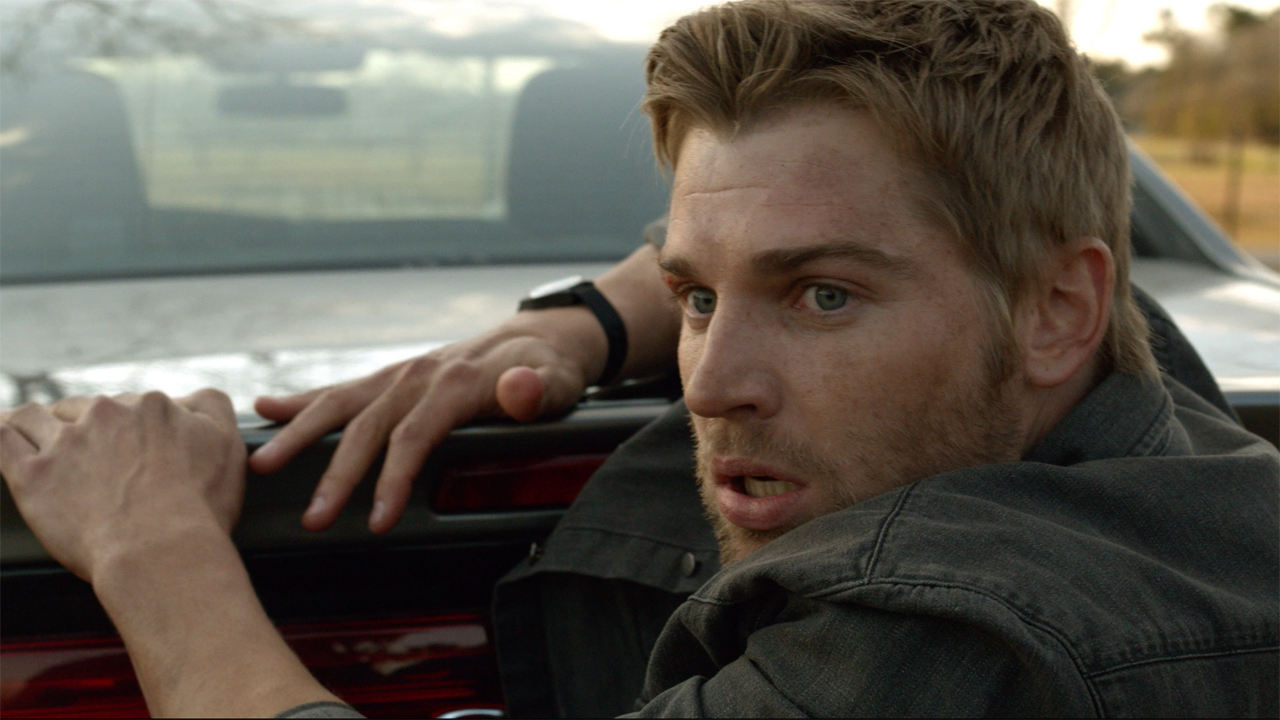
Is It Worthy Of The King?
Prior to the release of the most recent adaptation of The Stand in 2020, Stephen King spoke with the New York Times about his history with projects on the small screen. When it came to the subject of Under The Dome, he wasn’t exactly effusive:
The first few episodes were great, but the thing was, what CBS wanted was basically meatloaf — nothing too challenging, something to just fill some hours… It went off the rails [and] descended into complete mediocrity.
I would argue that Stephen King is being polite there, as Under The Dome is actually quite a bit worse than mediocre. It’s a show that doesn’t have any themes, and doesn’t make an attempt to say anything about anything. While the writers of the show might call the characters “complex” for their frequent moral swings, the more apt adjective would be “undefined,” as personal motives morph episode-to-episode.
While the 2002 TV series The Dead Zone was ahead of its time in trying to serialize a very structured book before being forced into being a procedural, Under The Dome is the exact opposite – which is to say that it’s a wasted opportunity. A three-season, 39 episode series really is the ideal way one could imagine adapting the book that Stephen King wrote, but the 2013 show goes about it in a terrible way, and as a result a proper live-action take may never get made.
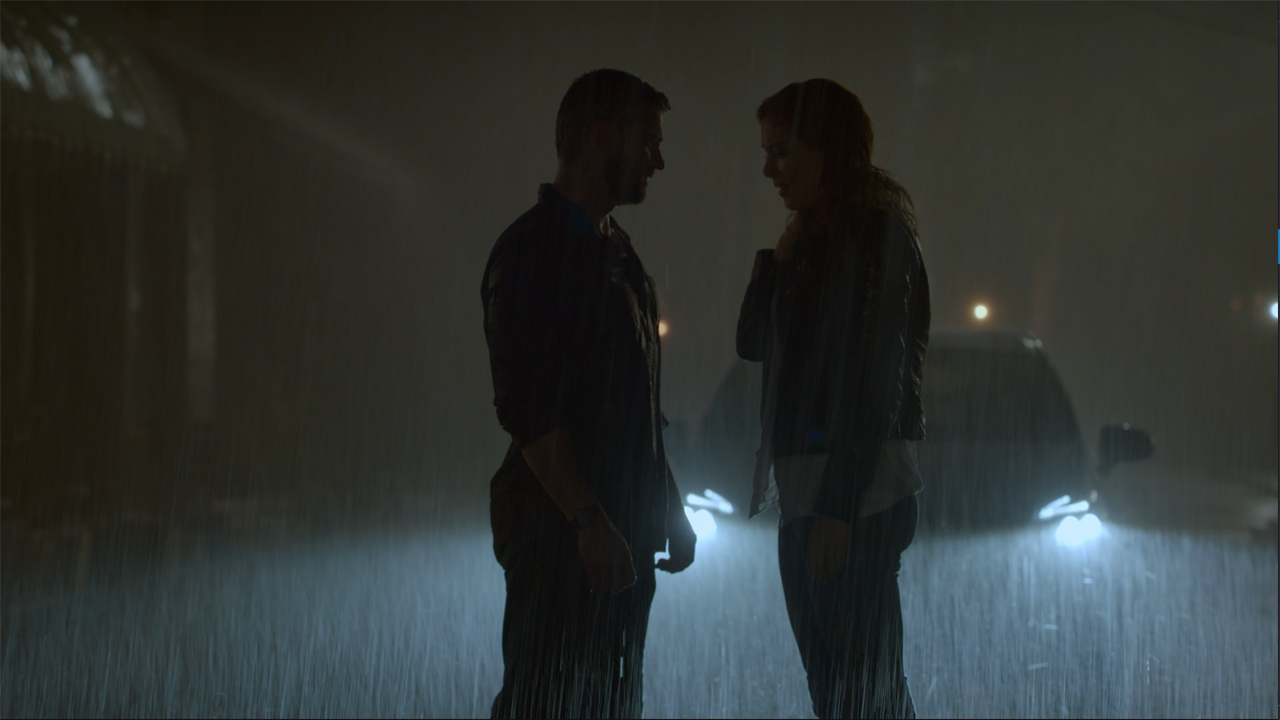
How To Watch Under The Dome
If I haven’t successfully warded off your interest in watching Under The Dome, you can stream all three seasons of the show with a few clicks if you have a Paramount+ subscription. Even without one you still have some digital options. If you’re not one who minds commercial interruptions, it’s available to watch on Pluto TV, and you can purchase individual episodes on Amazon Prime Video. For physical media collectors and those trying to build the Ultimate Stephen King Collection, you can buy Season 1, Season 2, and Season 3 on Blu-ray (the Complete Series box set is DVD only).
For next week’s column, I’ll be examining yet another interesting first in the history of Stephen King adaptations: the first remake of an adaptation that had already been remade. In addition to seeing the premiere of Under The Dome, 2013 was also the year that director Kimberly Peirce’s Carrie hit theaters – a new big screen take on King’s seminal novel following Brian De Palma’s 1976 classic and the 2002 TV movie. Look for the feature in CinemaBlend’s Movies section next Wednesday, and in the meantime click through the banners below to discover all of the previous installments.







Eric Eisenberg is the Assistant Managing Editor at CinemaBlend. After graduating Boston University and earning a bachelor’s degree in journalism, he took a part-time job as a staff writer for CinemaBlend, and after six months was offered the opportunity to move to Los Angeles and take on a newly created West Coast Editor position. Over a decade later, he's continuing to advance his interests and expertise. In addition to conducting filmmaker interviews and contributing to the news and feature content of the site, Eric also oversees the Movie Reviews section, writes the the weekend box office report (published Sundays), and is the site's resident Stephen King expert. He has two King-related columns.

